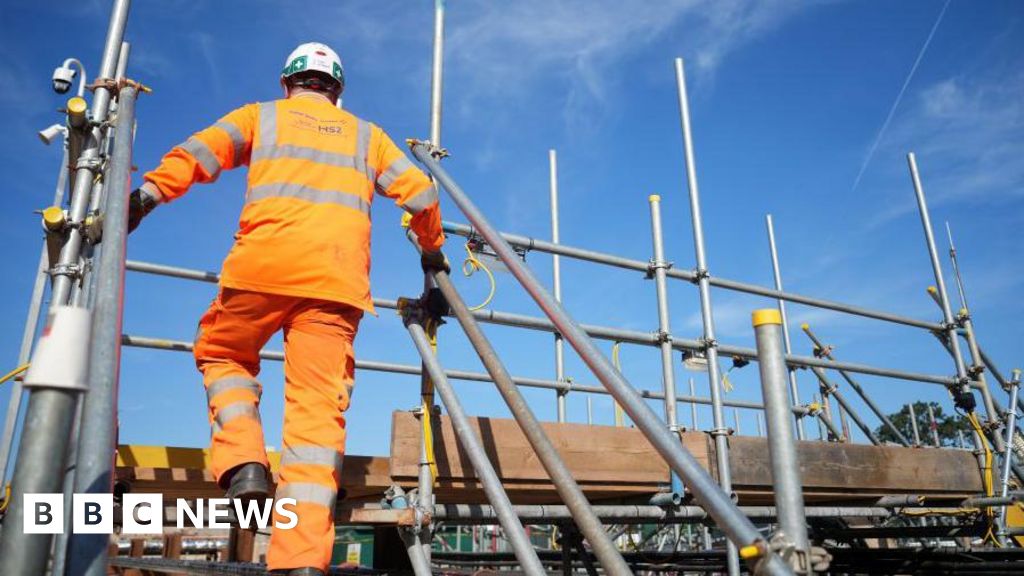At the moment, the amount of money the government can borrow for investment is restrained by the amount of debt it has.
There is a self-imposed rule that debt – the total amount the government owes – must fall in five years’ time.
Many rich countries have similar rules, to keep government finances under control and maintain credibility with financial markets and taxpayers.
But the Treasury has effectively confirmed it will loosen the target in order to borrow billions more to invest in a range of major projects.
Ahead of the Budget on 30 October, Jones said the guardrails on spending would allow the government to borrow for investment “more efficiently going forward”.
He said these guardrails were in contrast to the Truss government’s “borrowing for unfunded policies”.
During her brief premiership in 2022, Truss used her mini-Budget to unveil £45bn in unfunded tax cuts in an attempt to boost economic growth.
Jones said: “We need expert, institutional and some independent guardrails to make sure everybody has confidence in the way that the government is spending taxpayer money.
“What I’m confirming today is we put those in place for capital investment and infrastructure delivery.”
The changes will include a new National Infrastructure and Service Transformation Authority that will oversee a 10-year strategy for a pipeline of major projects, aligned with a series of Spending Reviews, and long-term budgets for investment in, for example, buildings, roads and rail.
The National Audit Office and a new Office for Value for Money will also offer ongoing appraisals of “mega projects” such as major train lines.
The government said the moves would “depoliticise” infrastructure decisions and offer “independent checks and balances” against government, similar to the Office for Budget Responsibility.

